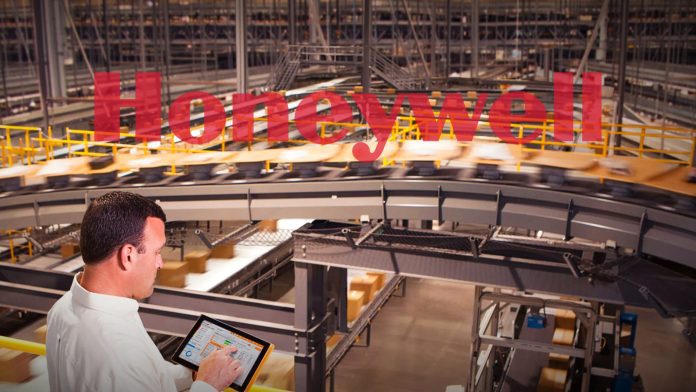US energy and automation conglomerate Honeywell has reorganised its business into four separate units, with enhanced focus on industrial automation, in order to realign with what it perceives as three global economic “megatrends” – being automation, aviation, and energy. The firm has folded its process automation solutions division, previously a part of its performance and material technologies business, into its new industrial automation business. The result is that its automation business is now on an equal footing in revenue terms with its aviation business.
The four new units are aerospace technologies, industrial automation, building automation, and energy and sustainability. The aerospace division contributed around a third (33 percent) of the group’s revenues in 2022; the rejigged industrial automation unit – previously badged for ‘productivity and safety solutions’, now incorporating its process automation solutions – comprises another third, according to 2022 revenues. Meanwhile, Honeywell’s other two units both contributed around 17 percent in 2022.
The latter, now geared for ‘energy and sustainability solutions’, was previously its ‘performance and material technologies’ division – from which the process automation unit has been hived off. The firm explained it had conducted a “complete review” of its portfolio, and concluded to bring its “digitalization capabilities and solutions” – spring by its Accelerator operating system and Connected Enterprise software platform – to bear across its four reorganised business divisions.
The company referenced “accelerated organic sales growth and inorganic capital deployment”. The new segmentation starts in the first quarter 2024, it said. The firm’s new chief executive, Vimal Kapur, in position since June, called it a “simplified structure”, and said the move will “accelerate our innovation playbook, leverage our financial strength, and unlock greater value”. He added: “This… will enable us to consistently deliver our upgraded financial algorithm, drive innovation [to] help solve the world’s toughest sustainability and digitalization challenges.”
Adarsh Krishnan, principal analyst at IoT Analytics, commented: “This makes the industrial automation business as big as the aerospace business – at about $12 billion in revenues. This new realignment will give the industrial automation business some additional heft for organic and inorganic growth through targeted acquisitions to further expand its digital capabilities and solutions.”
A statement explained Honeywell’s position on industrial automation: “With a deep history in industrial automation that spans more than five decades, Honeywell enables process industry operations, creates world-class sensor technologies, automates supply chains, makes warehouses smarter, and improves worker safety. This combination will build on our core strengths in controls and automation technologies, deliver better commercial outcomes for our customers, and enhance our growth.”
Lucian Boldea and Ken West will lead the new automation and energy divisions, respectively. Billal Hammoud will remain as chief of the renamed building automation unit; Jim Currier will remain as chief of the renamed aerospace technologies. Kevin Dehoff will stay as chief executive at Honeywell Connected Enterprise. “Our business group leaders… have demonstrated a deep understanding of our customers and end markets and are capable of delivering strong results across our industries.”

